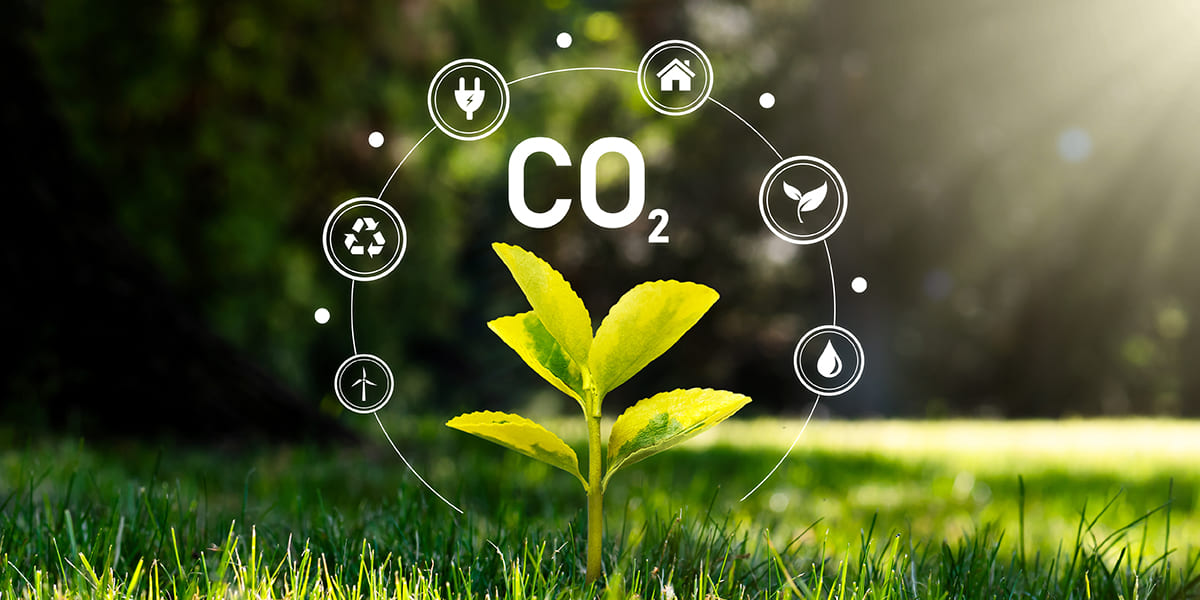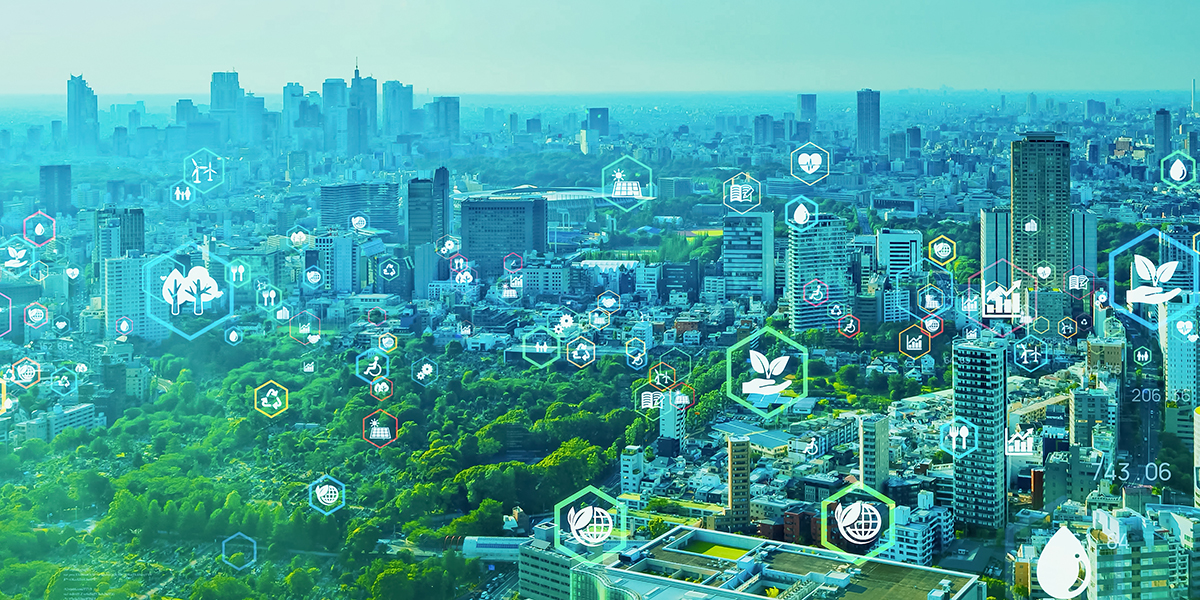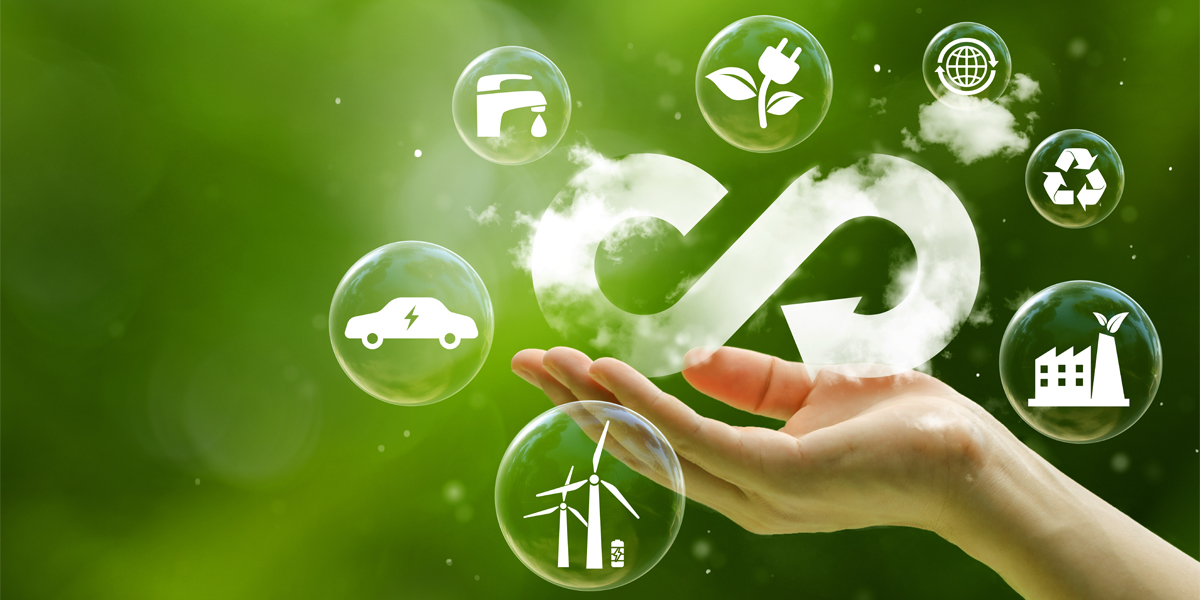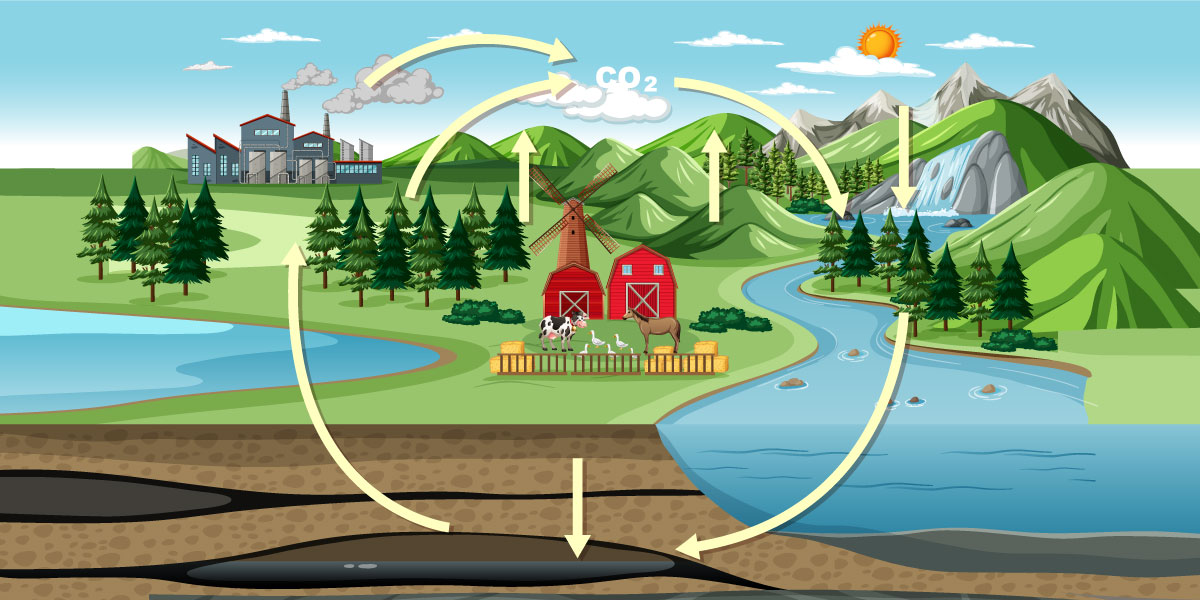The Carbon Cycle: Basic Principles and Functioning
The carbon cycle is a process that defines the circulation of carbon across different environments on Earth, existing in various forms and components. This cycle involves a series of chemical reactions and biological processes occurring in the atmosphere, water systems, land, and living organisms.
The carbon cycle unfolds within the atmosphere, oceans, soil, and living organisms. Plants engage in photosynthesis, absorbing carbon dioxide (CO2) from the atmosphere. This carbon then circulates through the ecosystem via animals that consume plants.
Carbon released into the environment through the decomposition of organic matter and respiration ensures the continuation of the process. Human activities, such as fossil fuel use and deforestation, can disrupt the carbon cycle. These activities may impact climate change by increasing CO2 levels in the atmosphere. Understanding the carbon cycle is crucial for the development of sustainability and climate change strategies. In this context, we can say that the carbon cycle acts as the essential balance engineer for our planet.
Carbon Cycle: Atmosphere, Oceans, and Soil
Plants absorb carbon dioxide (CO2) gas in the atmosphere through photosynthesis. In this process, plants use sunlight and carbon dioxide to produce organic compounds. These organic compounds are used for the growth and development of plants. So, carbon in the atmosphere is of great importance for all life forms.
While plants directly absorb a portion of carbon in the atmosphere, another portion is absorbed by oceans. Oceans take in carbon from both the atmosphere and carbonate and bicarbonate in the water. This carbon circulates within the ocean ecosystem through consumption by marine organisms.
Additionally, soil serves as a carbon reservoir. Plant and animal waste decomposes in the soil, forming organic matter. This organic matter in the soil plays a significant role in carbon storage.
The carbon cycle among these three main components maintains the balance of nature and ensures the sustainability of ecosystems. Therefore, the proper management of the carbon cycle and the adoption of sustainable practices are critical to preserving the natural balance.
Factors Directly Affecting the Carbon Cycle
After recognizing the importance of the carbon cycle, the next question is, "What events impact and sustain the carbon cycle?" Many factors directly influence the carbon cycle.
Every day, human activities, such as the use of fossil fuels, industrial processes, and deforestation, release large amounts of carbon dioxide (CO2) into the atmosphere. These emissions disrupt the carbon cycle in the atmosphere and contribute to climate change through the greenhouse effect. Deforestation reduces carbon storage capacity, leading to a decrease in vegetation and an increase in atmospheric emissions.
Natural events can also affect the carbon cycle. For example, forest fires or large-scale volcanic eruptions can release large amounts of carbon into the atmosphere, creating a temporary impact. Changing climate conditions can alter vegetation and ocean currents, influencing the circulation of carbon.
Human Activities and Their Effects on the Carbon Cycle
At this point, it is beneficial to take a closer look at the effects of human activities on the carbon cycle. Similar to the documented impact of humans on climate change, their influence on the carbon cycle is well-established. Human activities, particularly industrial processes, energy production, and agriculture, exert an impact on the carbon cycle, leading to alterations in the carbon balance in the atmosphere. Actions like the use of fossil fuels, deforestation, agricultural practices, industrialization, and energy production play a role in shaping the carbon cycle. Mismanagement of waste serves as another example of how human actions can have adverse effects on the carbon cycle.
Fossil fuel use, industrial processes, and deforestation lead to the release of large amounts of carbon dioxide (CO2) into the atmosphere. This process disrupts natural balance, increases greenhouse gas concentrations in the atmosphere, and contributes to global warming and climate change. Additionally, agricultural practices result in the emission of other greenhouse gases like methane and nitrous oxide.
These human-induced impacts have significant consequences on ecosystems. Therefore, understanding and addressing the effects of human activities on the carbon cycle is crucial, not only for environmental protection but also for corporate social responsibility.
Effects of Company Activities on the Carbon Cycle
Company activities, production processes, and supply chains serve as factors with various environmental impacts. The activities of companies, such as energy and resource usage and waste management, direct their impact on the carbon cycle.
The impact of companies on the carbon cycle is directly related to the energy sources they use to meet their energy needs. Transitioning to renewable energy sources and energy efficiency strategies are considered significant steps in reducing this impact.
The number of waste companies generate, and their waste management policies also determine their environmental impact. Under waste management, companies can count recycling efforts, and material choices considering the life cycle of products and production processes.
Sustainability policies and initiatives aim to minimize the environmental impact of companies. Among these policies are measures like carbon offsetting, carbon reduction targets, and environmental certifications.
Companies developing sustainability strategies by considering these factors, reducing their environmental impacts, and making positive contributions to the carbon cycle play a critical role in both environmental conservation and corporate social responsibility.
Borusan Cat takes a leading role in environmental sustainability through various actions we have taken. The positive effects of our actions for sustainability are evident in many aspects, including the carbon cycle. With our Alternative Energy Strategies initiative, we offer our customers renewable solutions rather than non-renewable energy sources with high environmental impact. We utilize renewable energy sources in our facilities, aiming to reduce our carbon emissions resulting from fossil fuel use.
We focus on minimizing waste through effective waste management systems implemented in our revision centers. Additionally, by initiating composite pallet projects aimed at reducing the consumption of traditional pallets and the waste they generate, we aim to minimize environmental impact. In our revision processes, we strive to reduce waste production and water usage, aiming to use natural resources more efficiently. Borusan Cat contributes to environmental sustainability in line with our company’s purpose statement: "We Create Solutions for a Better World."







TheBClog consists of rich content prepared by all Borusan Cat members on topics such as sustainability, productivity, future, technology, and the business world. The stories of success shared by the Borusan Cat members meet with the world at TheBClog in Turkish, English and Russian.